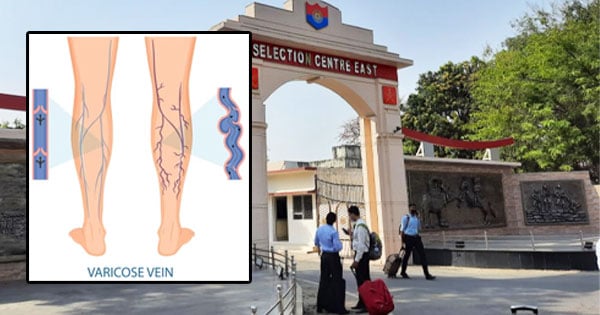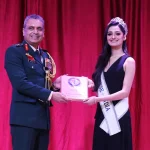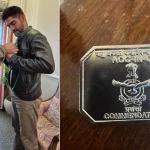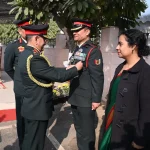Varicose Veins SSB Interview: In the highly-anticipated article, “Varicose Veins: Symptoms, Causes, and Treatments for Defence Aspirants in SSB Interview,” we aim to shed light on a crucial topic that too often goes overlooked in the realm of medical evaluations for defence aspirants. Varicose veins, those twisted and enlarged veins that tend to affect the legs, can send aspiring candidates packing if not properly understood and managed.
Inside these informative paragraphs, you’ll uncover an array of valuable insights, including the underlying causes of varicose veins, the telltale signs that may indicate their presence, and even practical tips for prevention and treatment.
Whether you’re a defence aspirant currently preparing for the SSB Interview or simply someone interested in expanding their knowledge on this subject, this comprehensive guide is ready to equip you with the knowledge necessary to confidently navigate through the medical evaluation. So, let’s dive headfirst into the world of varicose veins and ensure that you’re fully informed and prepared for what lies ahead!
Also Read: Height and Weight Chart for Indian Army Officers
Symptoms of Varicose Veins
Varicose veins are enlarged and twisted veins that commonly affect the veins in the legs. If you notice any of the following symptoms, it is important to consult a healthcare professional for a proper diagnosis:
- Dark purple or blue veins: Varicose veins have a distinctive appearance, with veins that appear dark in color and visibly twisted or bulging.
- Twisted and bulging appearance: The affected veins may have a twisted or rope-like appearance, causing them to protrude from the surface of the skin.
- Aching or heavy feeling in the legs: Many individuals with varicose veins experience discomfort in their legs, often described as a throbbing or aching sensation.
- Burning and throbbing sensations: Varicose veins can also cause a burning or throbbing sensation in the legs, which may worsen after prolonged periods of standing or sitting.
- Muscle cramping: Some individuals with varicose veins may experience muscle cramps, especially at night.
- Swelling in the lower legs: Varicose veins can lead to swelling in the lower legs, ankles, and feet, which is often more noticeable after long periods of standing or sitting.
If you are experiencing any of these symptoms, it is recommended to seek medical advice to properly diagnose and determine the best course of treatment.
Causes of Varicose Veins
Varicose veins are most commonly caused by weakened valves within the veins. Normally, these valves help to regulate blood flow and prevent it from flowing backward. However, when these valves become weak or damaged, they fail to close properly, resulting in blood pooling in the veins instead of traveling to the heart. This pooling leads to the enlargement and twisting of the veins, which are characteristic of varicose veins.
It is important to note that there can be multiple factors contributing to the development of varicose veins. While weakened valves are a primary cause, other factors such as genetics, hormonal changes, and lifestyle choices may also play a role.
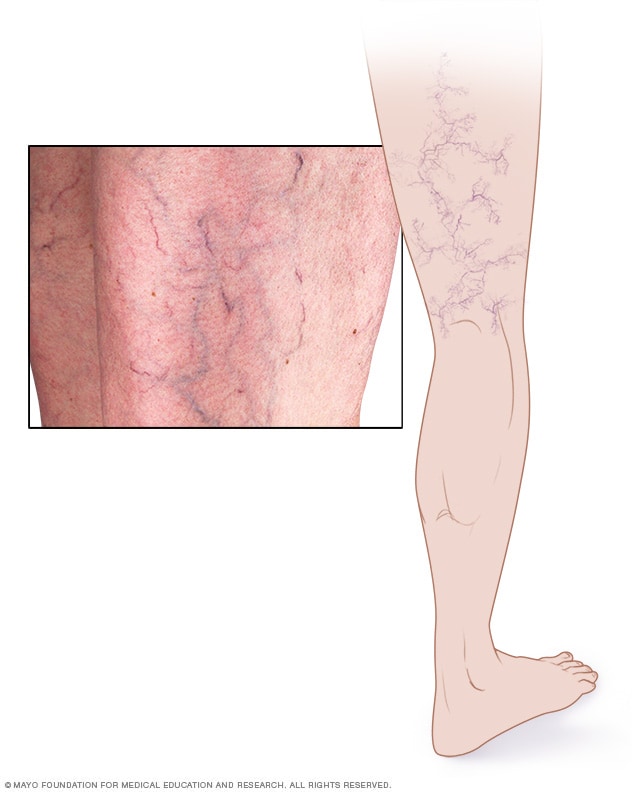
Risk Factors for Varicose Veins
Certain factors increase the risk of developing varicose veins. These include:
- Aging: The risk of developing varicose veins increases with age. As we get older, the veins lose their elasticity, making them more prone to damage.
- Being female: Women are more likely to develop varicose veins than men. Hormonal changes during puberty, pregnancy, and menopause can increase the risk.
- Hormonal changes: Hormonal changes, such as those that occur during puberty, pregnancy, and menopause, can affect the veins’ elasticity and increase the risk of developing varicose veins.
- Pregnancy: During pregnancy, the volume of blood in the body increases, which can put extra pressure on the veins. Also, the hormones produced during pregnancy can weaken the vein walls.
- Family history: If you have a family history of varicose veins, you are more likely to develop the condition yourself.
- Obesity: Excess weight can put added pressure on the veins, increasing the risk of varicose veins.
- Standing or sitting for long periods: Jobs or lifestyles that involve prolonged periods of standing or sitting can increase the likelihood of varicose veins, as these positions can restrict blood flow and cause blood to pool in the veins.
Also Read: How to Lose Weight Fast Before SSB Interview
While these factors may increase the risk, it is important to remember that anyone can develop varicose veins, regardless of their age, gender, or lifestyle.
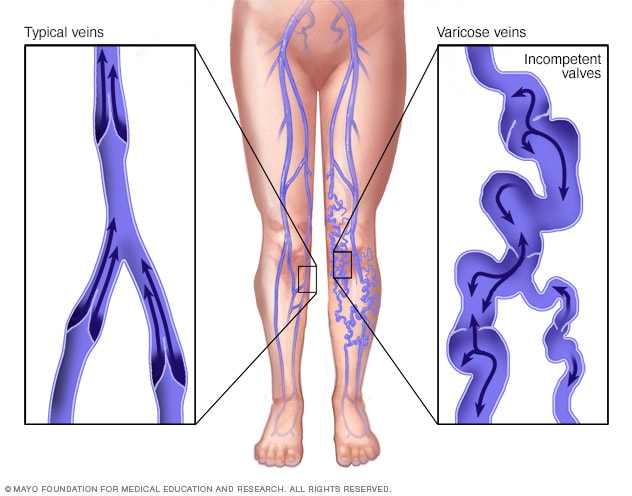
Complications of Varicose Veins
If left untreated, varicose veins can lead to complications, including:
- Painful ulcers: Varicose veins can cause open sores or ulcers to develop on the skin. These ulcers can be painful and may take a long time to heal.
- Blood clots: Pooled blood in varicose veins can increase the risk of blood clots, which can be potentially dangerous if they travel to other parts of the body.
- Bleeding: Varicose veins close to the skin’s surface may become more vulnerable to injury, leading to bleeding.
It is important to seek medical attention if you experience any complications related to varicose veins to ensure proper treatment and management.

Prevention of Varicose Veins
While it may not be possible to prevent varicose veins entirely, there are steps you can take to reduce your risk and manage the condition:
- Improving blood flow: Engaging in regular physical activity, such as walking or swimming, can help improve circulation and lower the likelihood of developing varicose veins.
- Maintaining muscle tone: Regularly exercising your leg muscles can help improve blood flow and prevent blood from pooling in the veins.
- Avoiding high heels and tight hosiery: Wearing high heels and tight clothing can restrict blood flow and increase the pressure on your veins. Opt for comfortable, low-heeled shoes and loose-fitting clothing instead.
- Regularly changing sitting or standing positions: If your job requires long periods of sitting or standing, make an effort to change positions regularly and take short breaks to walk and stretch.
- Eating a high-fiber, low-salt diet: A diet rich in fiber and low in salt can help maintain a healthy weight and reduce the risk of varicose veins.
- Exercising: Engaging in activities that promote leg muscle strength and circulation, such as walking or cycling, can help prevent varicose veins.
- Raising legs when sitting or lying down: Elevating your legs above the level of your heart can help improve blood flow and reduce swelling. If possible, take breaks throughout the day to elevate your legs.
By adopting these preventive measures, you can reduce your risk of developing varicose veins and improve your overall leg health.

Treatment Options for Varicose Veins
If you already have varicose veins, there are several treatment options available to alleviate symptoms and improve the appearance of the veins:
- Lifestyle changes: Adopting a healthier lifestyle, including regular exercise, maintaining a healthy weight, and avoiding prolonged sitting or standing, can help manage varicose veins and prevent their progression.
- Home remedies: Certain home remedies, such as wearing compression stockings, elevating your legs, applying cold compresses, and practicing good hygiene, can help alleviate discomfort and reduce swelling associated with varicose veins.
- Surgical procedures: In some cases, surgical procedures may be necessary to treat varicose veins. These procedures, such as sclerotherapy, endovenous laser treatment, and vein stripping, involve removing or closing off the affected veins to redirect blood flow.
- Alternative therapies: Some individuals may find relief from varicose veins through alternative therapies, such as herbal remedies, acupuncture, essential oils, and dietary supplements. These therapies should be used under the guidance of a healthcare professional.
It is important to consult with a healthcare professional to determine the most appropriate treatment option for your individual case of varicose veins. They can provide a proper diagnosis and recommend the best course of action based on your symptoms and medical history.
In conclusion, varicose veins are a common condition that can cause discomfort and affect the appearance of your legs. While they may not always be preventable, there are steps you can take to manage and treat varicose veins. By practicing healthy habits, seeking medical advice when needed, and following a recommended treatment plan, you can reduce the impact of varicose veins on your daily life and overall well-being.
Frequently Asked Questions
Are varicose veins allowed in Indian army?
No, varicose veins are generally considered a medical disqualification for military service in India.
How can I hide my varicose veins?
It’s not recommended to hide medical conditions when undergoing evaluations for services like the military.
What is the medical rejection rate for SSB?
As per the data collected by SSBCrack, 2 out of 5 candidates get temporary rejections during SSB interview medicals.
Is Varicose veins a rejection in SSB Interview Medical?
Yes, it will be marked as a temporary rejection during SSB interview medical.

